The Lifeline Metric: Understanding Customer Acquisition Cost (CAC)
There are two critical questions one must ask about a business as it pertains to its marketing:
How much does it cost to acquire a new customer?
How much is that customer worth to the business?
That’s it. Answer those two questions and you’ll have all of the basic / essential knowledge you need about the health of your marketing.
Of course, the answers are not quite that simple.
Those two questions are loaded with intricacies themselves.
The first question inquires about the metric in this here blog’s title: customer acquisition cost (CAC).
Customer acquisition cost is calculated with a simple formula involving complex variables. To calculate CAC, one simply divides the marketing costs by the number of new customers acquired.
Total Marketing Costs
_________________
Number of New Customers
Simple, right?
Yes and no.
The next question(s) you should ask is, how do I calculate the total cost of acquiring a new customer? Does one include the cost of the entire marketing team? What about our email team solely dedicated to nurturing existing customers?
Each business calculates this cost differently. But take the sum of resources that your business expends in marketing and factor it all in. This will help gain the most holistic view of your marketing expense.
This includes: marketing team cost + total ad spend and can include office space allocated, contracted work, equipment, and more.
The next question then begs to determine the value of said customer.
If our CAC is $10, our overall value of that customer better be higher than $10.
The economic value we attribute to a customer is often described as customer lifetime value, or CLV (sometimes LTV).
Why lifetime value? Well, because most business models involve repeat customers — that is, customers who purchase your product several times over the course of their relationship to your business.
Think of a candy store.
You may determine that your average order value is $6. If each customer only purchased once (and it cost you $10 to acquire them), you would see a negative return of $4 on your investment.
However, if you discover that your customers average 3 transactions over the course of their life, you’ll see a CLV of $18 and an overall return of $8 on your investment.
Now the gears are turning…
In actuality, the numbers are a bit more sophisticated. Your product doesn’t sell at 100% margins, so you have to factor in COGS, operating expenses, and the like. To complicate things further, a $1 received today is not worth the same as $1 received in the future due to things like opportunity costs and inflation.
But the lesson holds: Run the numbers on CAC and CLV and you will have an accurate snapshot of the health of your marketing.
Thanks for diving in!
